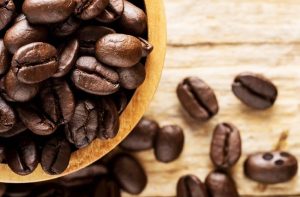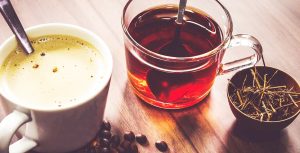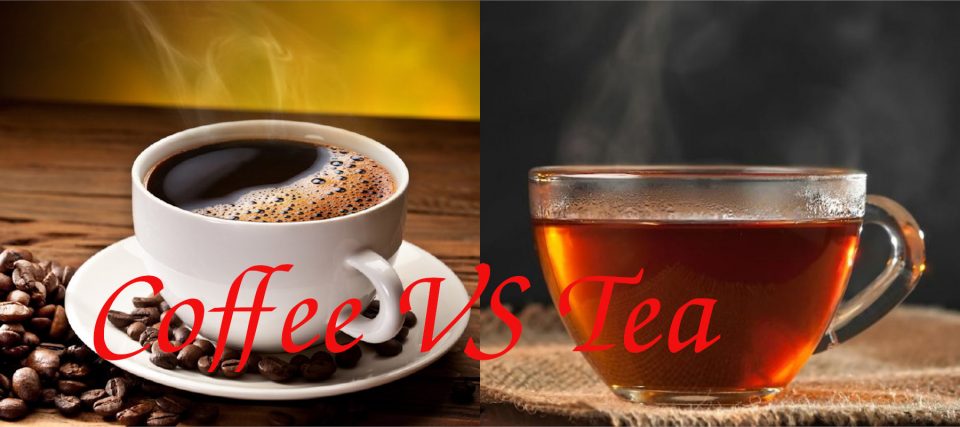Tea and coffee both have a fair share of health benefits, but they are probably two of the most argued-over drinks out there. Tea connoisseurs and coffee lovers often compete on which beverage is the best of all, especially when it comes to caffeine content. More and more people are shifting towards drinking tea in the morning, but others stick to a good ol’ cup of coffee for an instant energy boost for the day.
If you find yourself in the middle of this drink feud, that’s understandable. A lot of people find it difficult to choose which hot drink should be their go-to, but we’re here to help! This article compares tea and coffee according to the varieties of ingredients and the effect of preparation on the amount of caffeine that goes into your drink. Keep reading, and you might finally arrive at a decision at the end!
What is Caffeine?

Caffeine is known for its stimulating effects that enhance alertness and concentration. It is also a contributing agent to weight loss due to its capability to increase our metabolic rate. With that said, it’s still essential to monitor your caffeine intake. Consuming high amounts might revert its health benefits and lead to problems such as restlessness, anxiety, and difficulty sleeping.
Generally speaking, coffee beans typically contain 2.2% caffeine, while tea leaves usually have 3.5%, but this can be affected by several factors such as variety and preparation.

Variety
For example, tea comes in three varieties: black, green, and white. Due to oxidation, black tea leaves contain a high concentration of caffeine, ranging from 47 mg to 90 in a single cup. White tea only has 6-60 mg and green tea contains 20-45 mg per cup. Some herbal teas that are marketed as caffeine-free may contain as much as 12 mg, although that amount is too little to make any effect on your body.
On the other hand, a typical 8 oz of coffee has about 95 mg of caffeine. Dark-roast beans are thought to have more caffeine than light-roasted ones but since caffeine isn’t necessarily affected by roasting, this is nothing more than just a caffeine myth. Generally speaking, light roast and dark roast coffee differ mainly in flavor, rather than caffeine amount.
Preparation
Another factor that affects caffeine content is the way each drink is prepared. Hot water draws out caffeine from tea leaves and coffee beans. The longer they are exposed to a higher temperature, the more caffeine is extracted. If a cup of black tea, such as an earl grey, is steeped in 6 oz of water with a temperature of about 194-203°F for 1 minute, it will yield 40 mg of caffeine.
Coffee beans are no different, and they are usually brewed at a much higher temperature of 195-205°F to get 95 mg of caffeine. For a more concentrated amount of caffeine, espresso shots have 58 mg per 1 oz. Other coffee drinks, such as cappuccino and latte, typically use a double espresso shot which has 116 mg of caffeine.
The verdict
The amount of caffeine you get depends on what kind of tea or coffee drink you’ll have and how they are prepared. If you need something to keep you awake, you should opt for black tea, espresso, and coffee for higher caffeine content. Green tea offers a moderate amount of caffeine and is best for those who want to get the health benefits of the stimulant in moderation, while herbal tea has the lowest caffeine content out of all. If you still can’t choose between the two, why not enjoy both beverages on different days? This way, you’ll get the best out of both worlds!




